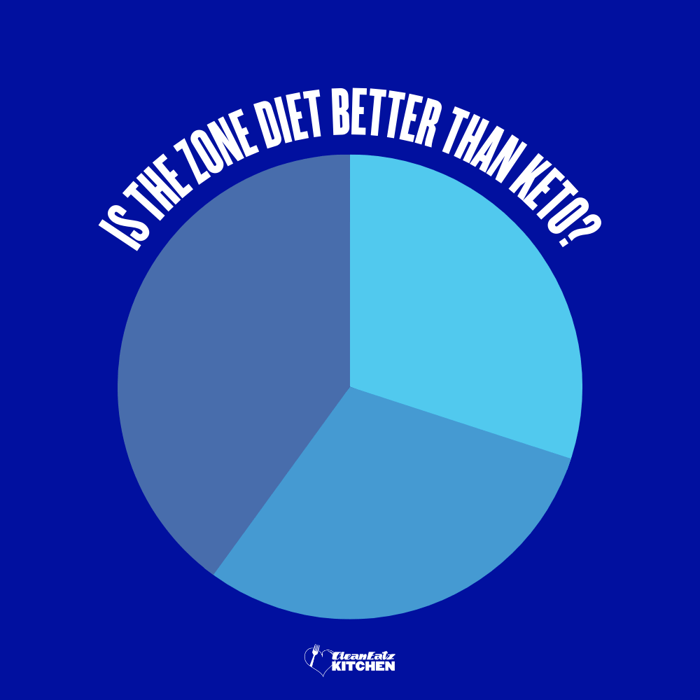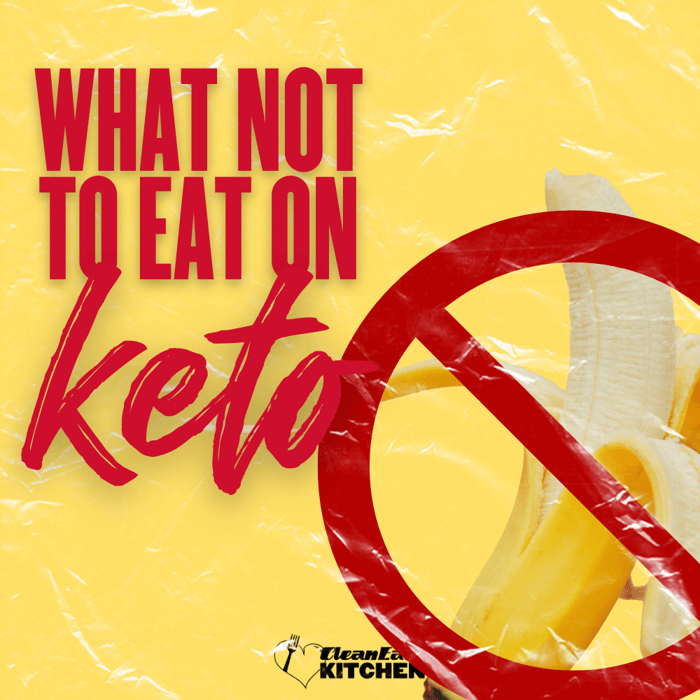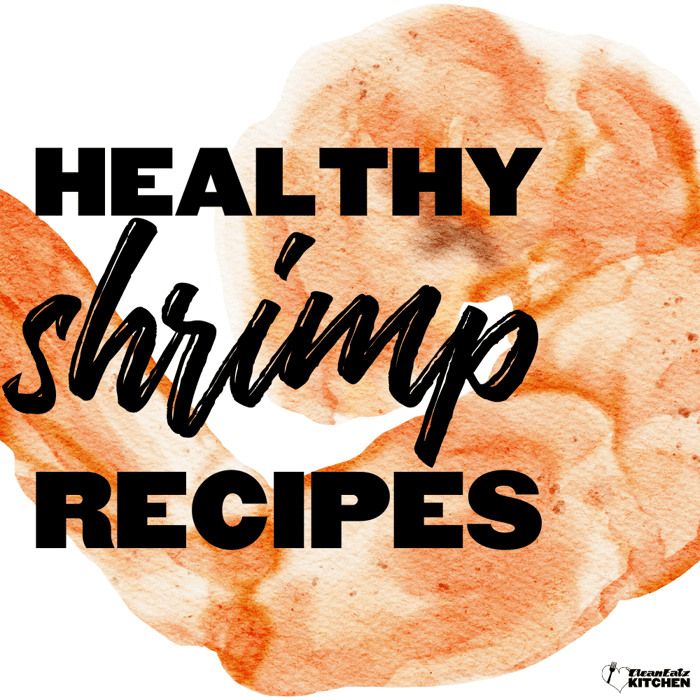Zone vs. Keto: Which Diet Is Better?

Ellie Lopez, LDN, MS
Nutrition
|
Weight Loss
11/12/2025 7:07am
10 minute read
Quick answer: When it comes to Zone vs. Keto, neither plan is “best” for everyone. The Zone Diet (≈40% carbs / 30% protein / 30% fat) and the Ketogenic Diet (very low carb, high fat) can both support weight loss and better metabolic health when calories and protein are well managed. Keto often leads to bigger short-term drops in triglycerides and rises in HDL, but may also increase LDL in some people and is typically harder to maintain. Zone, on the other hand, is more flexible, easier to pair with everyday meals, and simpler to sustain over time. The smartest choice is the one you can stick to consistently—focus on lean protein, plenty of fiber, and moderate saturated fat. Below, we’ll break down who each plan fits best and what current science says.
A Brief History and Basics of the Ketogenic Diet
When comparing Zone vs. Keto, the ketogenic diet has a much older origin and a very different purpose. It was first developed in the 1920s as a medical therapy for epilepsy. Researchers observed that fasting reduced seizure frequency—likely due to an increase in ketone production—and sought a way to replicate those effects through diet. In 1921, Dr. Russell M. Wilder at the Mayo Clinic coined the term “ketogenic diet”to describe this approach. Soon after, his colleague Dr. Mynie Peterman formalized the classic medical version for children with epilepsy: about 90 % of calories from fat, 6 % from protein, and 4 % from carbohydrates (MDPI).
For decades, keto remained primarily a clinical treatment, until it re-emerged in the1990s through the Johns Hopkins Hospital Epilepsy Center, where researchers revived its therapeutic use and introduced modern adaptations. Since then, several variations have evolved—the Modified Atkins, Low-Glycemic-Index Treatment, andTargeted Ketodiets—now applied beyond epilepsy for weight management, insulin resistance, and metabolic health.
Today’s ketogenic diets are far more flexible than the original strict medical formula but still share the same goal: inducing nutritional ketosis. In this metabolic state, the liver converts fats into ketone bodies—beta-hydroxybutyrate, acetoacetate, and acetone—which the body uses as an alternative fuel source to glucose. Most modern keto patterns provide roughly 70–80 % fat, 15–20 % protein, and 5–10 % carbohydrates (Levels Guide to Ketosis).
As explained by recent clinical reviews, the shift to fat metabolism can promote rapid initial weight loss, largely from water and glycogen depletion. However, the diet can also raise LDL cholesterol, cause digestive side-effects, and be difficult to sustain long-term due to its restrictive nature (Underlying mechanisms of keto).
A Brief History and Basics of the Zone Diet
In the conversation of Zone vs. Keto, the Zone Diet stands out as a more balanced and flexible approach designed to control hormones rather than eliminate food groups. Developed by American biochemist Dr. Barry Sears in the early 1990s, the Zone Diet was introduced to the public through his 1995 bestseller The Zone: A Dietary Road Map. Sears proposed that maintaining a macronutrient ratio of about 40% carbohydrates, 30% protein, and 30% fat could help regulate insulin and glucagon, two key hormones that influence blood sugar and inflammation (Healthline).
Dr. Sears’ concept centered on achieving what he called the “zone”—a physiological state where blood sugar levels remain stable, inflammation is minimized, and energy is sustained throughout the day. This hormone-balancing idea made the diet appealing to those seeking a structured yet realistic eating plan that didn’t require giving up major food categories. Over time, Sears expanded his theory to include the anti-inflammatory effects of omega-3 fatty acids and polyphenols, linking the diet to chronic disease prevention (PubMed).
From a practical perspective, the Zone Diet focuses on meal balance and frequencyrather than strict restriction. Followers are encouraged to eat small, balanced meals every four to five hours, combining lean protein, low-glycemic carbohydrates, andhealthy fats like olive oil, avocado, or nuts. The approach can easily adapt to omnivorous, vegetarian, or pescatarian preferences, making it more sustainable for everyday life.
Studies have shown that Zone-style, moderate-carbohydrate eating can support gradual weight loss, improved insulin sensitivity, and better appetite control—especially compared with typical Western patterns. A randomized trial published in JAMA Network Open (2022) found that a low-carbohydrate intervention improvedHbA1c, fasting glucose, and body weight compared with a usual diet, emphasizing that consistent adherence drives results.
Over the longer term, a 2022 network meta-analysis in Frontiers in Nutrition compared high-fat/low-carbohydrate, low-fat/high-carbohydrate, and moderate-macronutrient diets in adults with overweight or obesity. It found that all patterns led to meaningful weight loss after 12 months, with only small differences between them—again underscoring that adherence matters more than macronutrient ratio.
What the Research says: Zone Vs. Keto
Weight Loss
Evidence shows that both Zone and Keto can support weight loss—mostly through better calorie awareness and sticking with the plan. In a classic 12-month randomized trial that compared popular diets (Atkins, Zone, Ornish, LEARN), Atkins produced slightly greater early losses than Zone, but differences were modest after a year and adherence was the key driver (JAMA).
More recent trials and meta-analyses confirm that when calories and protein are matched, low-carb and low-fat plans achieve similar 12-month weight loss. A 12-month RCT found no significant difference between healthy low-carb vs healthy low-fat approaches, reinforcing that “what you can sustain” matters most. A 2022 network meta-analysis of ≥12-month trials likewise reported small differences between low-carb, low-fat, and moderate-macronutrient diets.
Cardiometabolic Markers
Meta-analyses and clinical trials consistently show that low-carbohydrate dietary patterns tend to lower triglycerides and raise HDL cholesterol more than low-fat diets, while low-fat approaches generally reduce LDL-C more effectively. A 2022 Frontiers in Nutrition meta-analysis confirmed this typical lipid trade-off across a range of carbohydrate intakes. Recent randomized trials published in the American Journal of Clinical Nutrition(2024) and summarized in PubMed (2023) also reported that while ketogenic and other low-carb diets can improve triglycerides and HDL, LDL-C may rise in some individuals, particularly when saturated fat intake is high. Current dietary guidance from the American Heart Association (2024) emphasizes replacing saturated fats with unsaturated fats—such as olive oil, nuts, seeds, and fatty fish—to support heart health and help maintain favorable lipid profiles.
Exercise & Performance
At the start of a ketogenic diet, muscle glycogen drops and so does body water—about 3 g of water per gram of glycogen—so the scale often falls quickly even if most of that early loss is water, not fat. Recent reviews reaffirm this glycogen–water coupling. (Murray, 2018,; Nutrients, 2023)
For performance, the evidence is mixed and sport-specific. Controlled studies show that while ketogenic or very-low-carb, high-fat (LCHF) diets increase fat oxidation, they can impair exercise economy and compromise high-intensity effortsthat rely on carbohydrate metabolism. In elite race walkers, short-term keto/LCHF adaptation increased fat oxidation but raised the oxygen cost (reduced economy) and negated performance gains from training. (Burke et al., 2017)
A broader synthesis concludes that, relative to higher-carb approaches, ketogenic diets are generally neutral to detrimental for performance, despite the robust increase in fat oxidation (~1.5 g/min) seen in some athletes. (International Society of Sports Nutrition Position Stand on Ketogenic Diets, 2024)
Scorecard: Zone vs. Keto
Who might choose which?
Choose Zone if you:
Prefer balanced meals with a mix of carbs, protein, and healthy fats.
Eat with family or dine out often and want flexibility.
Don’t want to track every gram of food or enter ketosis.
Value steady energy and an anti-inflammatory approach.
Choose Keto if you:
Like clear structure and defined rules.
Enjoy rich, high-fat foods like avocado, olive oil, nuts, and salmon.
Feel mentally sharper or less hungry on lower carbs.
Are willing to monitor lipid changes with your healthcare provider.
Medical cautions: Very-low-carb and ketogenic diets may be inappropriate for people with type 1 diabetes, certain liver or kidney conditions, or during pregnancy. Always consult a healthcare professional before starting or changing dietary patterns.
For practical help, see calorie targets, high-protein basics, foods that keep you full, and portions vs. counting. If Keto stalls, read why you’re not losing on keto. Prefer done-for-you? Browse our calorie-controlled meal plans.
How to Build Your Plate
Zone-style example (≈40/30/30)
Breakfast: Greek yogurt with berries and 1 tablespoon almonds.
Lunch: Chicken, quinoa, roasted vegetables, and olive-oil vinaigrette.
Dinner: Salmon, brown rice, broccoli, and a side salad.
Snack: Hummus with carrots or cottage cheese with fruit.
Keto-friendly example (≤10–15% carbs)
- Breakfast: Eggs with spinach and mushrooms, plus half an avocado.
- Lunch: Salad with olive oil, salmon or chicken thighs, olives, and seeds.
- Dinner: Bunless turkey burger with air-fried zucchini fries, and olive-oil slaw.
- Snack: Low-sugar Greek yogurt or cheese with cucumbers slices.
Training regularly? Remember that early keto weight loss includes glycogen and water. If performance and recovery matter to you, a more moderate low-carb or Zone-style plan may be easier to maintain. Post-workout carbs guide.
Final Thought
The debate around Zone vs. Keto isn’t really about winning—it’s about finding what fitsyou. Keto can be powerful for those who thrive on structure and rapid results, while the Zone offers flexibility and long-term balance. What matters most is staying consistent with wholesome, real foods and a pattern you genuinely enjoy. Sustainable nutrition always beats short-term perfection.
FAQs
Which diet is better for lowering triglycerides?
Research comparing Zone vs. Keto shows that low-carb and ketogenic diets generally lower triglycerides and raise HDL cholesterol more effectively than low-fat plans, although they may also increase LDL in some individuals. Choosing mostly unsaturated fats—such as olive oil, nuts, seeds, and fatty fish—helps keep cholesterol levels balanced and supports long-term heart health.
Why do I lose weight fast the first week on Keto?
When carbohydrate intake drops, muscle glycogen stores are depleted, and each gram of glycogen holds about three grams of water. This means that the first few pounds lost during the early days of Keto—or any very-low-carb plan—mostly reflect water loss, not body fat.
Can I combine both diets?
Yes. Many people thrive on an approach that blends the best of Zone vs. Keto—amoderately low-carb plan that keeps protein and vegetables high, emphasizes healthy fats, and maintains calorie balance without being overly restrictive. You don’t have to commit to one extreme or the other to see meaningful benefits.
This content is for educational purposes only and does not replace personalized professional advice.
Related Articles
Is Hula Hooping Good Exercise?
6 minute read
Foods to Avoid on Keto Diet
6 minute read
How To Cook Healthy Shrimp Recipes
6 minute read



